
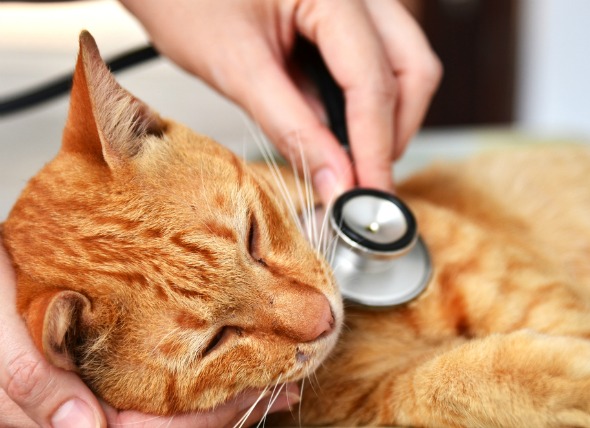
Feline leukemia virus (FeLV) is a disease that impairs the cat's immune system and causes certain types of cancer. This virus infection is responsible for a majority of deaths in household cats, affecting all breeds. Males are more likely to contract the infection than females, and it is usually seen between the ages of one to six years old.
Signs depend on the type of infection: FeLV-A, FeLV-B, or FeLV-C. Cats found with the virus can be infected with one, two, or all three types.
FeLV-A:
FeLV-B:
FeLV-C:
Of these types, some of the more common symptoms of cat leukemia include:
Cat leukemia is usually contracted from cat-to-cat transmission (e.g., bites, close contact, grooming, and sharing dishes or litter pans). It can also be transmitted to a kitten at birth or through the mother's milk. Kittens are much more susceptible to the virus, as are males and cats that have outdoor access.
Your veterinarian will first rule out other infections such as bacterial, parasitic, viral, or fungal. In addition, nonviral cancers need to be ruled out.
A complete blood count is done to determine if the cat has anemia or other blood disorders. Diagnosis may also be determined by conducting a urinalysis, or through a bone marrow biopsy or bone marrow aspiration (removing a small amount of marrow fluid for study).
Your veterinarian will prescribe medication to treat the symptoms and causes for cat leukemia. After that, a yearly vaccination for respiratory and intestinal viruses is recommended. Your cat will not be hospitalized unless it has severe secondary infections, low red-blood cell count or extreme weight loss with muscle loss. In these cases, it will be kept under hospital care until its condition stabilizes. Emergency treatment, such as blood transfusions, is sometimes needed.
Opportunistic infections are another concern. These are infections that occur indirectly because of the animal's weakened immune system (due to the FeLV). Supportive therapy, such as fluids or nutritional supplements, are helpful in these cases.
Diarrhea, kidney disease, or long-term (chronic) muscle loss may require a special diet. Also, infected teeth or gums must be cleaned; teeth extraction is necessary in severe cases.
You will need to monitor your cat for symptoms of infection and keep in touch with the veterinarian regarding follow-up treatment and testing. More than 50 percent of cats that persistently have cat leukemia in their blood (known as FeLV viremic cats) succumb to related diseases within two to three years after infection.
Keep FeLV-infected cats indoors and separated from healthy cats to prevent virus exposure and FeLV transmission. Good nutrition is important, as is controlling any secondary bacterial, viral, or parasitic infections.
Keeping infected cats separated (and quarantining them) is the only way to prevent cat leukemia in healthy cats. There are several commercial FeLV vaccines for the disease available. However, test the cat before initial vaccination, as it may already be infected.
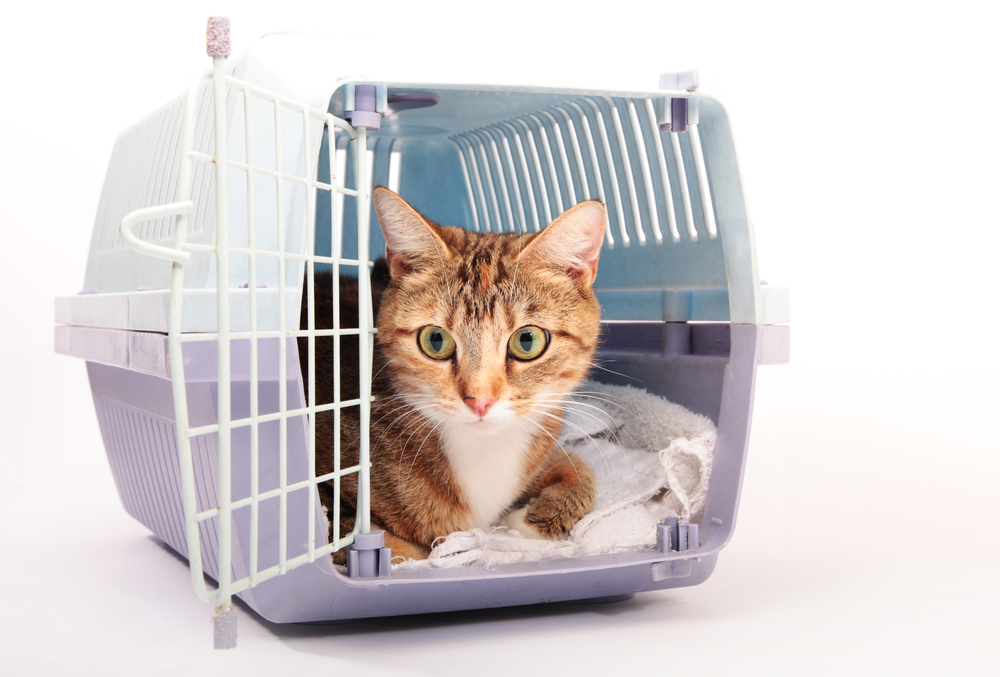 Nerve Sheath Tumor in Cats
Schwannoma in Cats
Schwannomas are tumors that or
Nerve Sheath Tumor in Cats
Schwannoma in Cats
Schwannomas are tumors that or
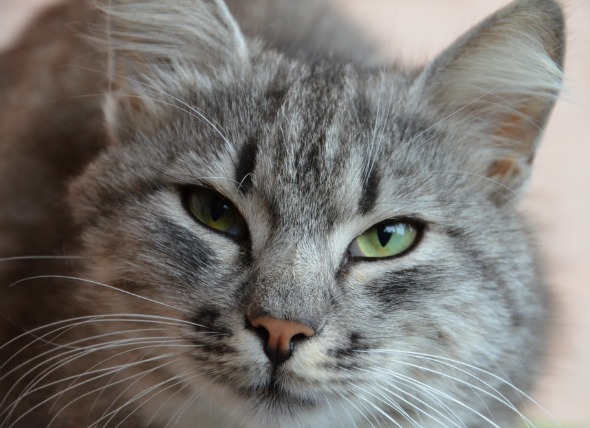 Breathing Difficulties in Cats
Dyspnea, Tachypnea and Panting in Cats
The respir
Breathing Difficulties in Cats
Dyspnea, Tachypnea and Panting in Cats
The respir
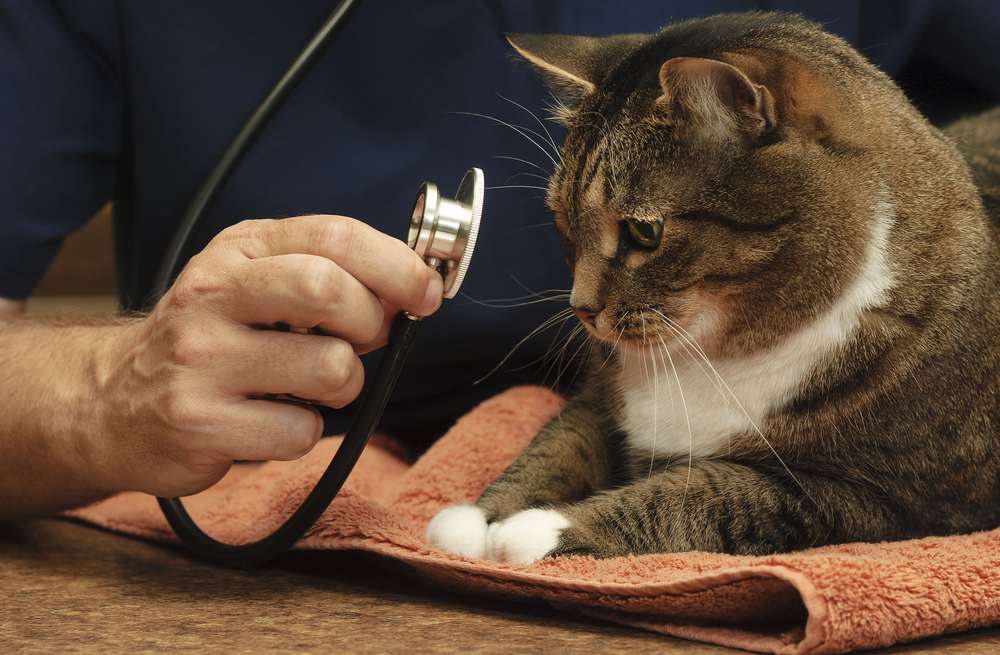 High Cholesterol in Cats
Hyperlipidemia in Cats
Hyperlipidemia is characte
High Cholesterol in Cats
Hyperlipidemia in Cats
Hyperlipidemia is characte
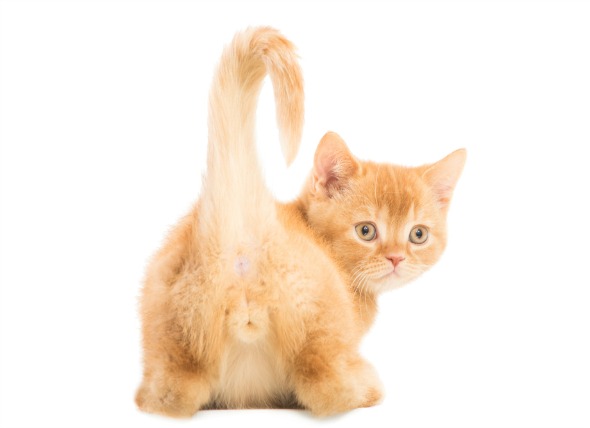 Anal Sac Disorders in Cats
Cats have anal glands which produce fluid into sa
Anal Sac Disorders in Cats
Cats have anal glands which produce fluid into sa
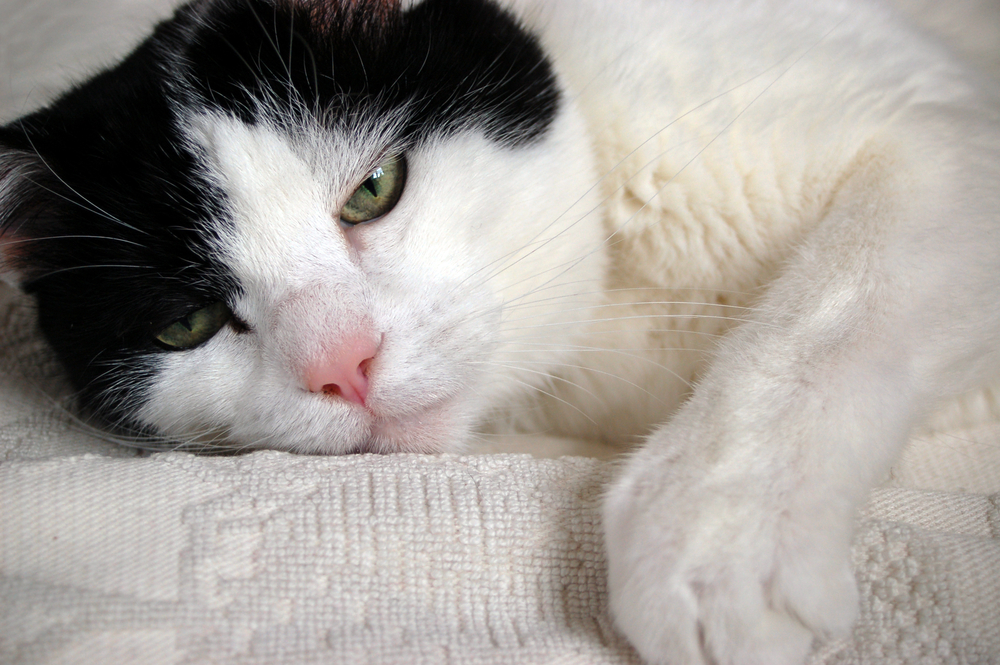 Cataracts in Cats
Cloudiness of the Eye Lens in Cats
Cataract refer
Cataracts in Cats
Cloudiness of the Eye Lens in Cats
Cataract refer
Copyright © 2005-2016 Pet Information All Rights Reserved
Contact us: www162date@outlook.com